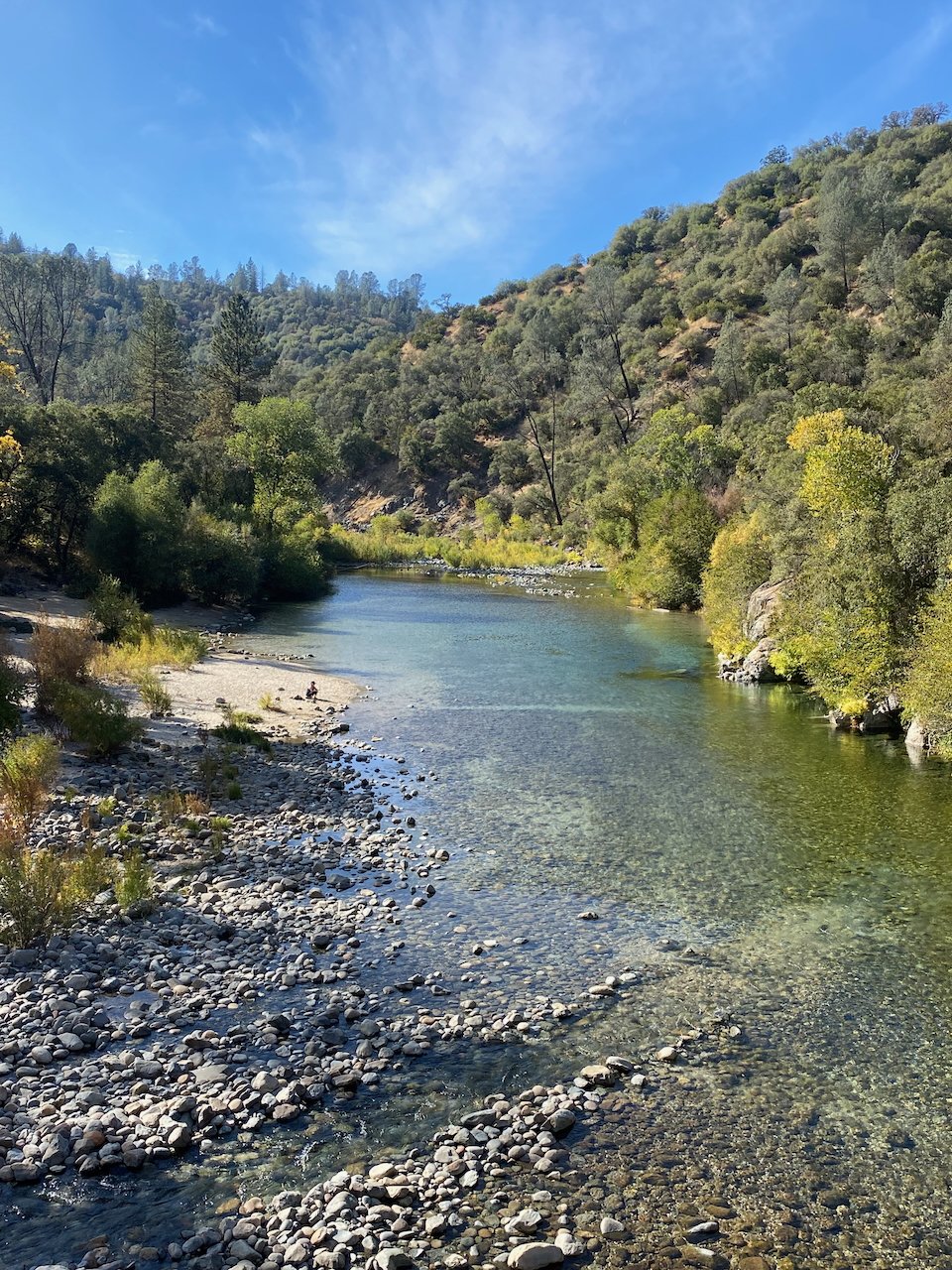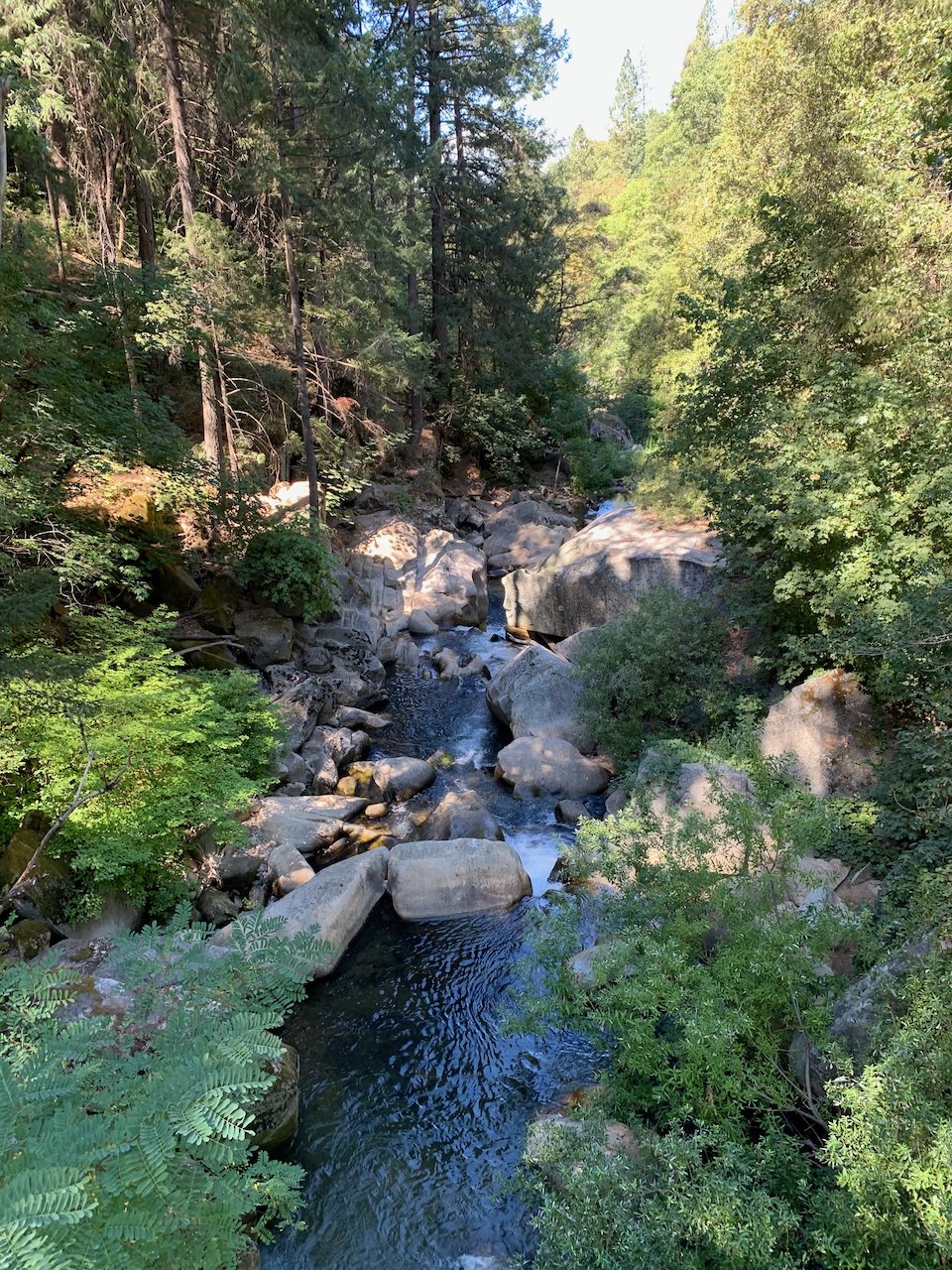
Land Acknowledgement
Regardless of our belief systems and worldviews, we are all connected—we live together on this planet, on this continent, in this community. I believe that land acknowledgements are an important component of understanding our place in the historical and ongoing systems that have brought us to where we are.
I operate Bleeding Pen Editing out of my home in Grass Valley, California—on the unceded lands of the Nevada City Rancheria Nisenan. The Nisenan—though they were nearly annihilated by the genocide of the California gold rush—maintain a deep spiritual connection to these lands. I am honored and humbled to live in this beautiful area.
I acknowledge the wrongs of my settler ancestors and recognize that the painful displacement and dispossession of cultural lands and traditions has led to ongoing pain and trauma. I celebrate the recent return of some Nisenan land—located on the historic village site Yulića in the Sierra Nevada Foothills—and I continue to mourn that the government has yet to re-recognize the tribe with federal status.
I commit to continued learning and involvement to help heal these wounds. I will take action to interrupt the continued erasure of Indigenous peoples in general, and to supporting the Nevada City Rancheria Nisenan in particular. I will strive to assist in upholding and rebuilding Nisenan sovereignty, dignity, and identity.
As part of my individual efforts toward reconciliation, I believe it’s important not only to recognize the lands that I live on, but to acknowledge that my education as a young person in this region was greatly flawed. Having recently returned to the area, I have been reflecting on the stories I learned when I was young—fictitious stories that told a whitewashed history and erased painful truths. I am actively re-learning California history. I know now that the primary people who lived in this region before the genocide of the gold rush weren’t Maidu, or Miwok, or Pomo—they were Nisenan (though territories of these tribes overlapped). I also know that the Nisenan didn’t “just disappear” and leave their lands—the people were nearly exterminated by colonial settlers, gold miners, missionaries, and state officials, and their land was stolen (repeatedly). History has rendered the Nisenan all but invisible—but some people survived, and their ancestors live here still. Today, the Nevada City Rancheria Nisenan are actively working to re-gain federal recognition. To learn more about these efforts, please visit the California Heritage Indigenous Research Project.


Attempted Erasure
The region we now call California is home to a painful history of abuse toward Indigenous peoples. The mission system of the Spanish colonial period paved a path of genocide that continued through the gold rush era—when the lands and people were raped and pillaged—through the residential boarding and relocation periods into the 1960s, when state and federal governments stripped federal recognition from California’s Indigenous Rancherias (including the Nisenan). Communities—who had been living here and stewarding the land for 13,000 years—were torn apart.
When I grew up here in the 1980s, elementary school history meant learning about the golden era of the state—"Eureka!” “Sutter’s Mill” and the “Empire Mine.” We learned stories about Native people tangentially—as an aside to the romanticized fictions of the gold mining era. We learned about the discovery of gold, the types of gold mining that happened in our area, and how a few “Maidu” or “Pomo” women “fell in love” with the gold miners and “honored” them by making them baskets or fur clothing. These stories weren’t true.
The real history is grim and painful—and includes stories about enslavement, genocide, and the eradication of culture. However, I believe understanding the truth is vital to repairing past harms and honoring the Nisenan—who live here still.
The Nisenan community shouldn’t shoulder these historical traumas alone.
I invite you to learn more by swiping through these moments below.
Learn more about the Nevada City Rancheria Nisenan at the California Heritage Indigenous Research Project.
Take Action to Support Your Local Indigenous Communities
I encourage you to learn about the place you call home and support the Indigenous communities on whose ancestral lands you live. You can support your local Indigenous communities in a variety of ways:
Learn more by enrolling in an “Indian Country 101” course, such as this one offered by the Native-owned Whitener Group
Donate time or money to local Indigenous tribes
Support Indigenous-led grassroots change movements and campaigns (and encourage others to do so as well)
Commit to returning land
Amplify the voices of Indigenous people leading movements of change
